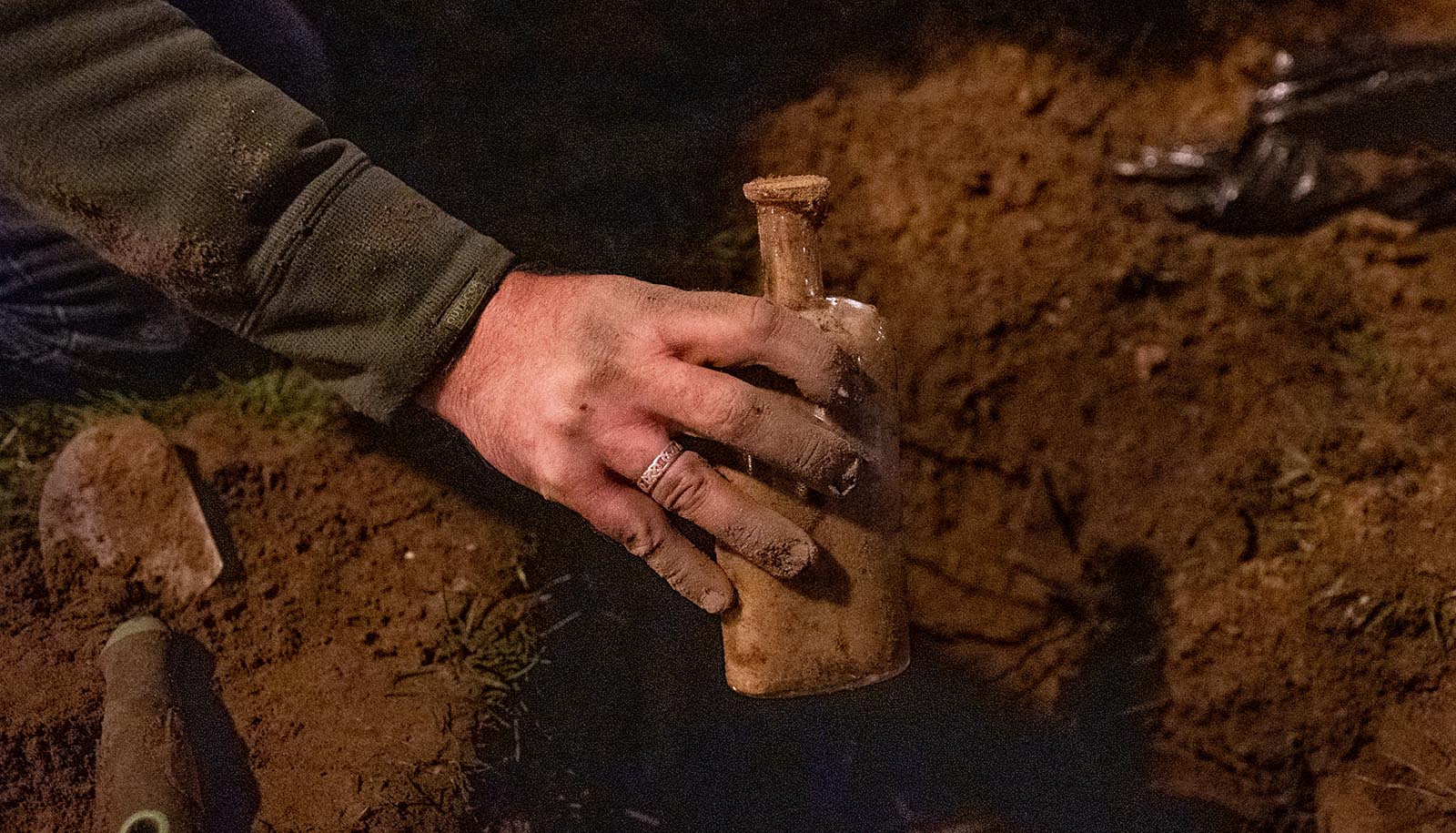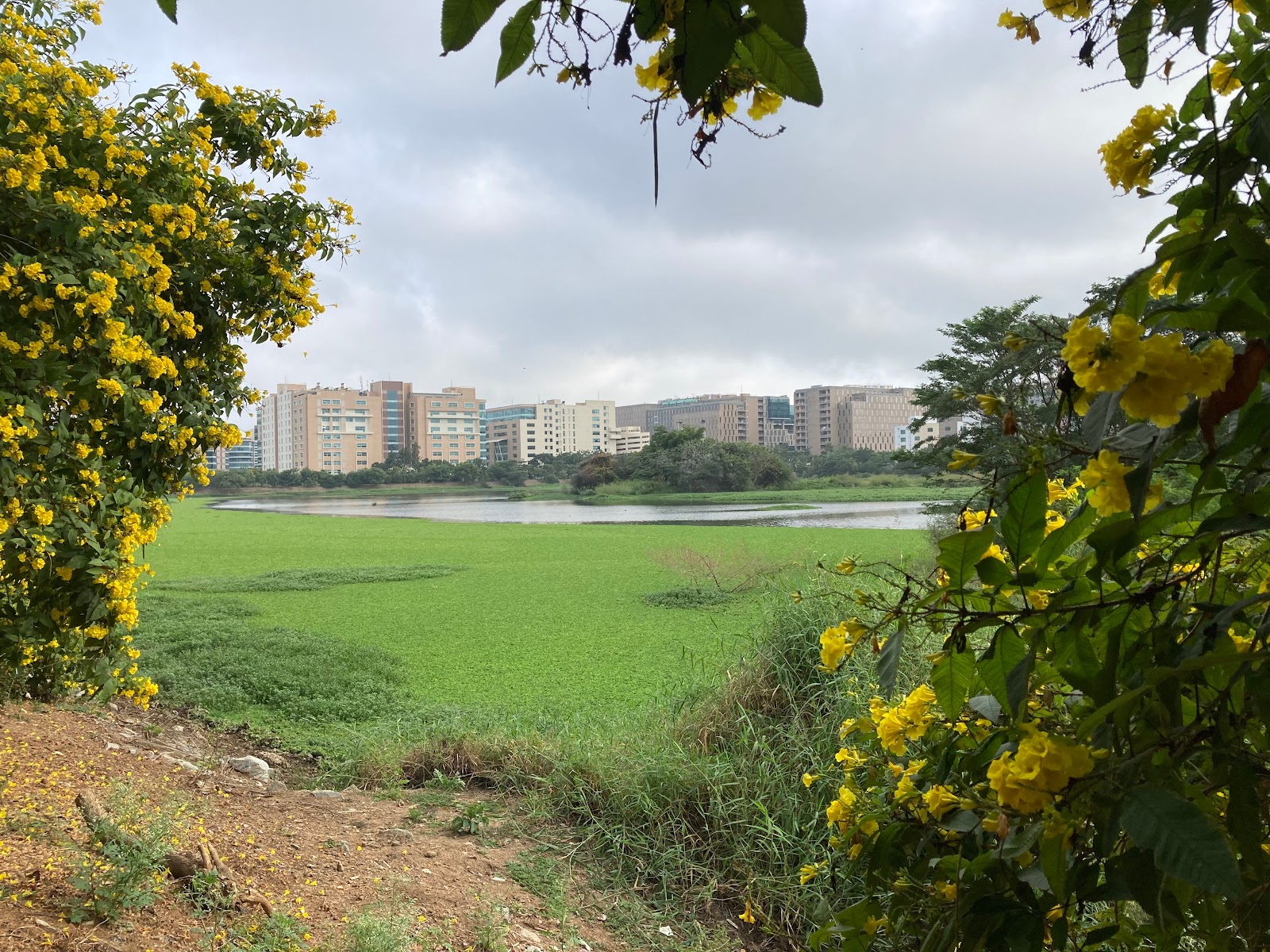What’s special for #birdNov this year? Meet birders who combine art and their love for Nature
November is a birder’s favourite month. It heralds the visit of winter migratory birds to the Indian subcontinent, and is also the birth month of the late ornithologist Salim Ali. Social media has been abuzz with bird trivia under #birdNov and #birdNov2023, with enthusiasts sharing photos, write-ups, artwork and data on birding hotspots.
Among them is S Senthil Kumar, a school headmaster from Salem, who is posting crisp write-ups in Tamil every day, while K Selvaganesh, a birder from Valparai is creating informative posters. Surendhar Boobalan, a school teacher, is sharing Tamil riddles about birds on a WhatsApp group, and S Jayaraj, a Chennai artist is keeping with the theme and making watercolour paintings and sketches.
We talk to three people who are combining their love for birding, and art.
Block by block
P Jeganathan, a scientist with the Nature Conservation Foundation, is an expert birder who participates in #birdNov with interest every year. This year, he is arranging jenga blocks to create shapes of commonly-spotted birds. “This is something I do at home to keep my seven-year-old son occupied,” says Jeganathan, who is based in Tiruppur. He posts a jenga bird a day, on Instagram. “Jenga blocks are supposed to be stacked,” he points out, adding that he decided to give this a spin and come up with something creative for #birdNov. “With jenga, I am limited to creating only a handful of birds, but my son and I find this practice soothing,” he says.
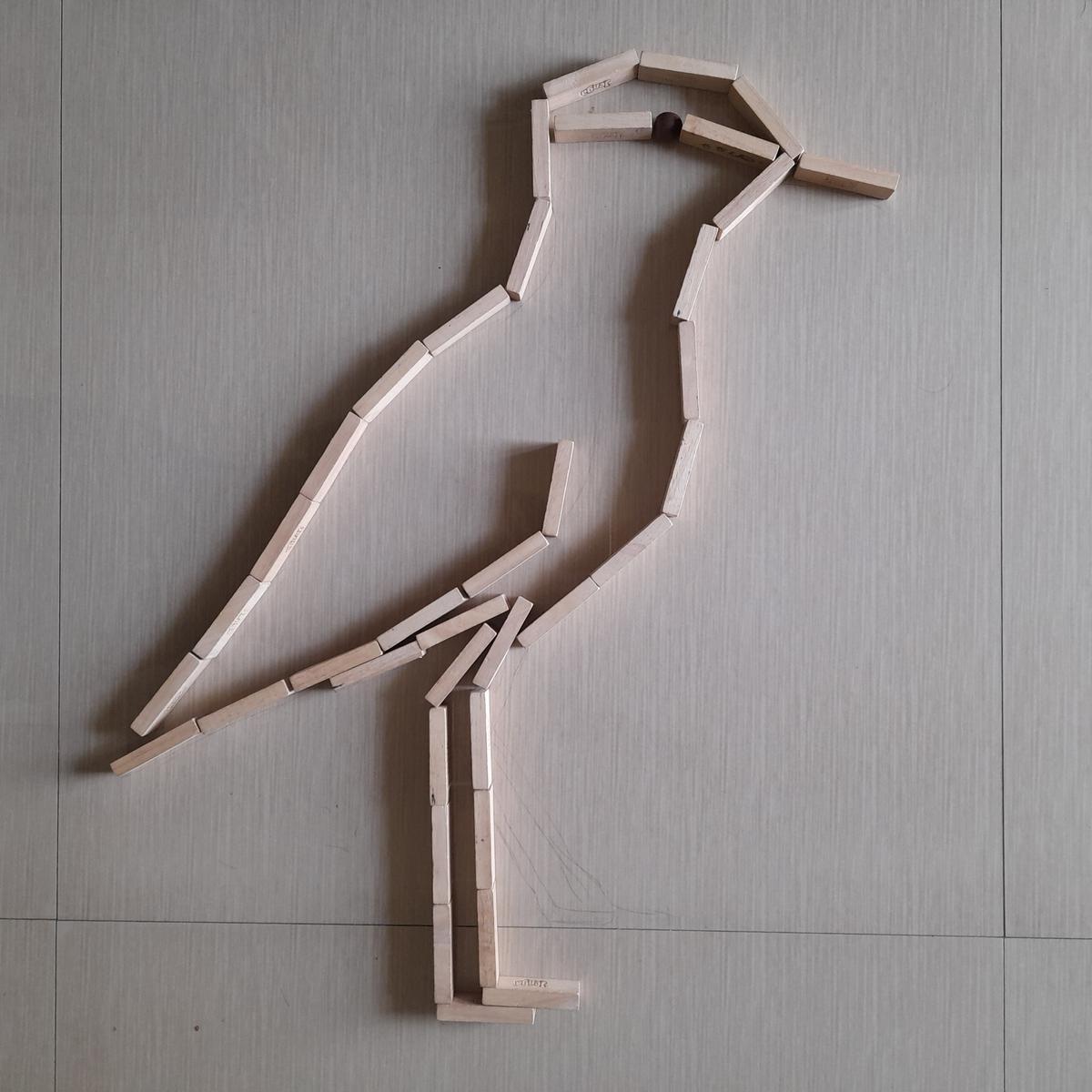
P Jeganathan’s jenga creation of the Indian Courser
| Photo Credit:
Special arrangement
Jeganathan also collects stamps featuring birds, and is posting about them on social media as well. This includes stamps featuring the paradise flycatcher, wagtail, rosy pastor, and other birds.
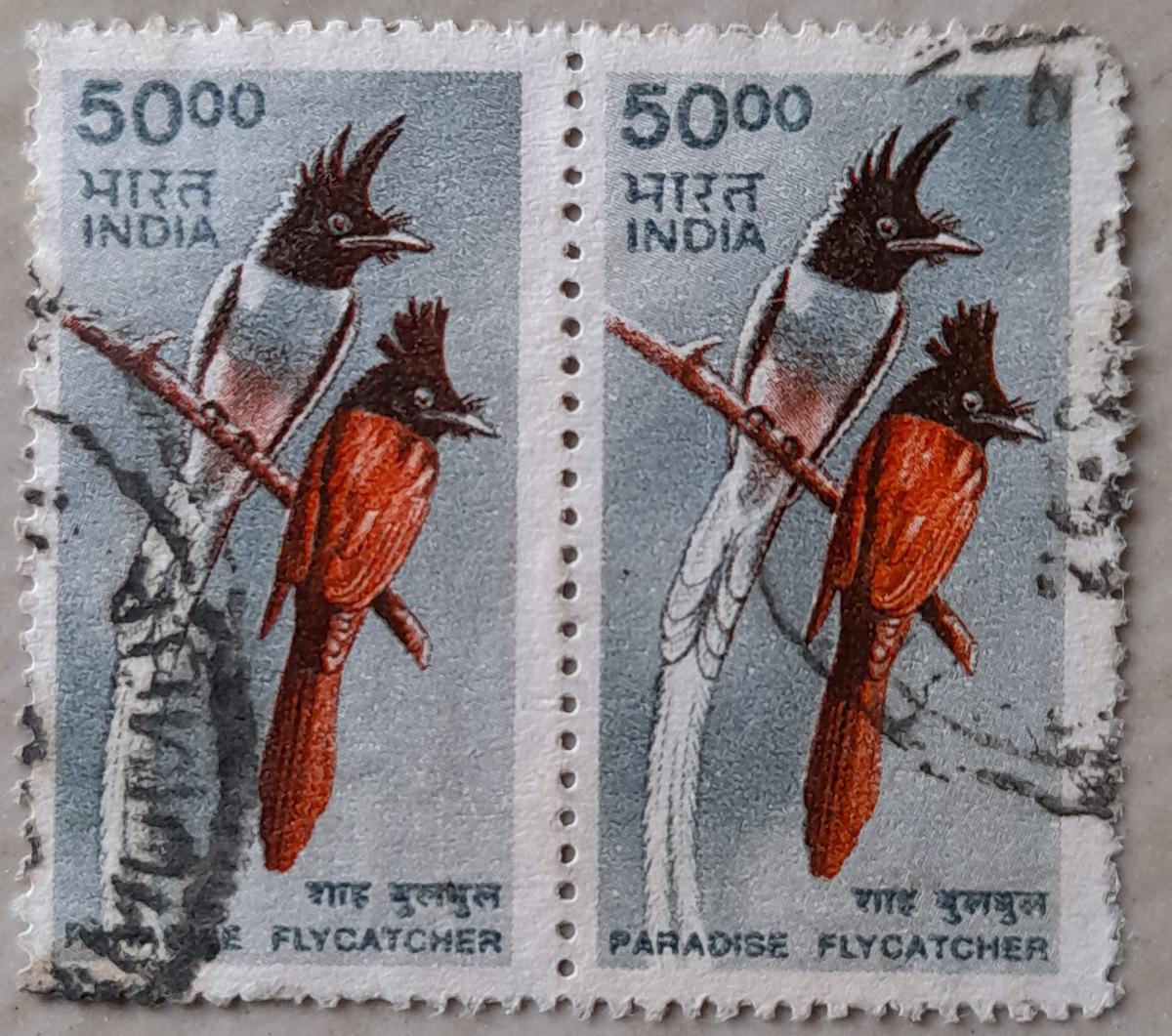
From P Jeganathan’s stamp collection
| Photo Credit:
Special arrangement
Dots and lines
Vidhya Sundar, a birder based in Texas, USA, manages to create complicated shapes of birds using the deceptively simple lines of the traditional pulli kolam. All it takes is one look, for someone to guess the bird from her kolams. She achieves the shape of the red-headed vulture and Asian bee-eater, for instance, to the T, and also does elaborate nelivu kolams.
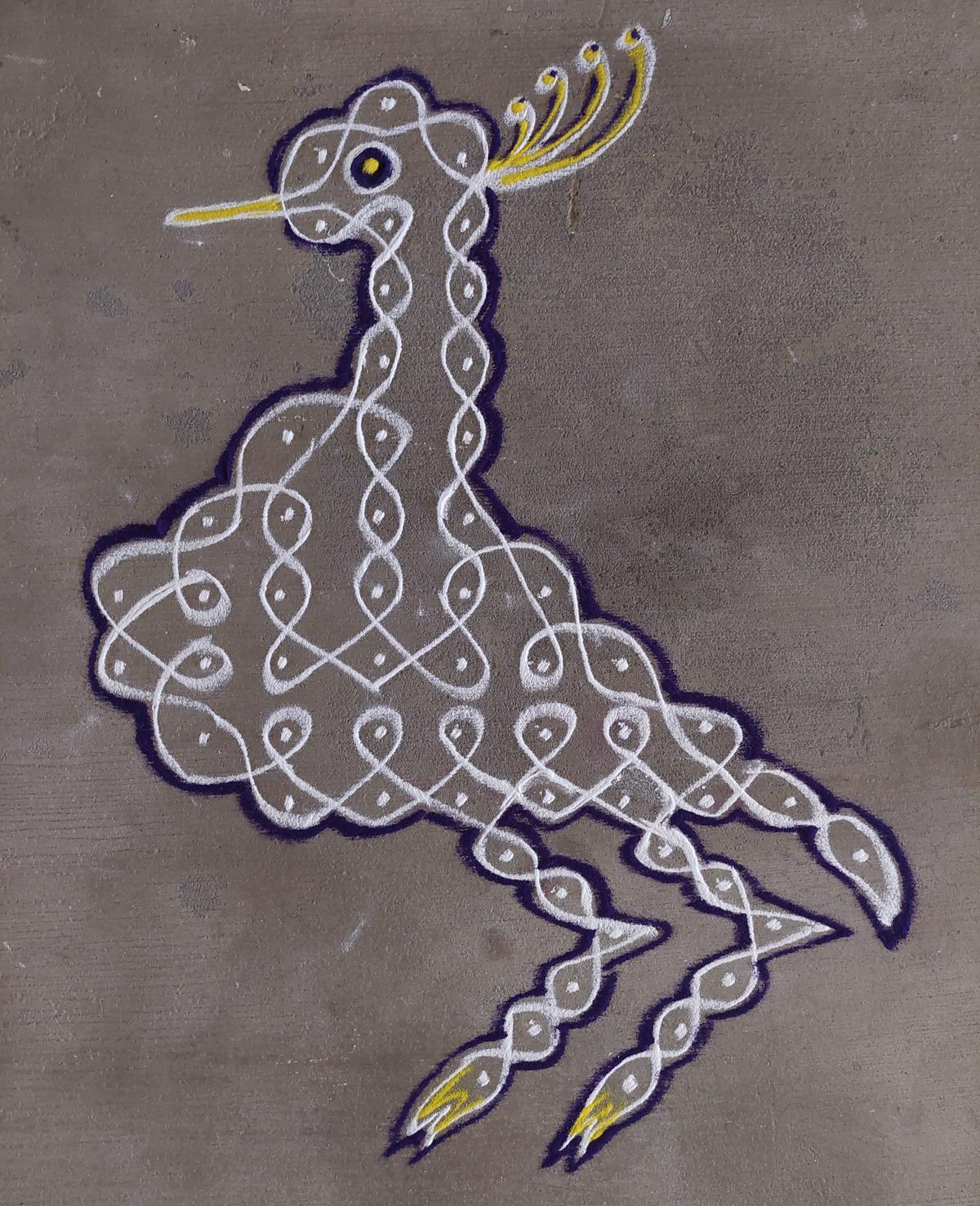
Vidhya Sundar’s elaborate nelivu kolam
| Photo Credit:
Special arrangement
“I draw kolams every day, and do elaborate ones for festive occasions such as Margazhi,” says Vidhya, adding that she experimented with bird rangoli earlier this year for Navaratri. She came to know of #birNov last year and has been hooked ever since. “I live in Austin where it gets quite cold during this time of the year, so I came up with small kolams of birds that I can do from home,” says the 47-year-old. Vidhya has been birding from 2012 when she lived in Bengaluru, and says that Bird Count India’s regular challenges and the eBird platform are among her motivators. “I have been birding every day from 2017 after Bird Count India announced the ‘Last Birder Standing’ challenge,” she says.
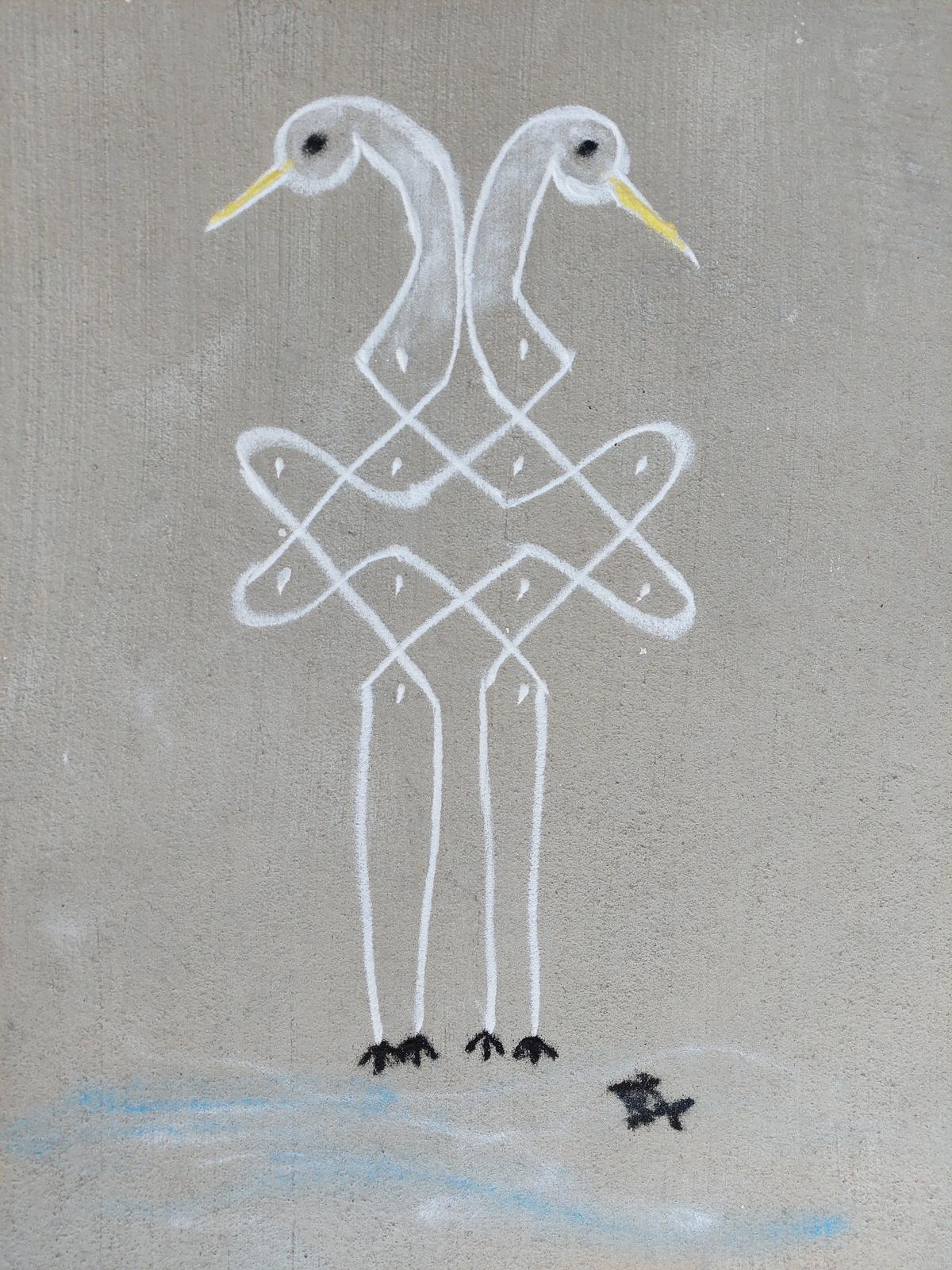
Vidhya Sundar’s kolam
| Photo Credit:
Special arrangement
Feathers and folds
Angeline Mano is getting back home from a birding expedition in her hometown of Salem when we speak over phone. “I’m out in the field every day,” says the 25-year-old research assistant and Nature educator with the Salem Ornithological Foundation. She saw that several experts were sharing information about birds – the Salem Ornithological Foundation, for instance, is posting on birding hotspots in the city, with information regarding the birds that can be seen in these places – and decided to try something different.
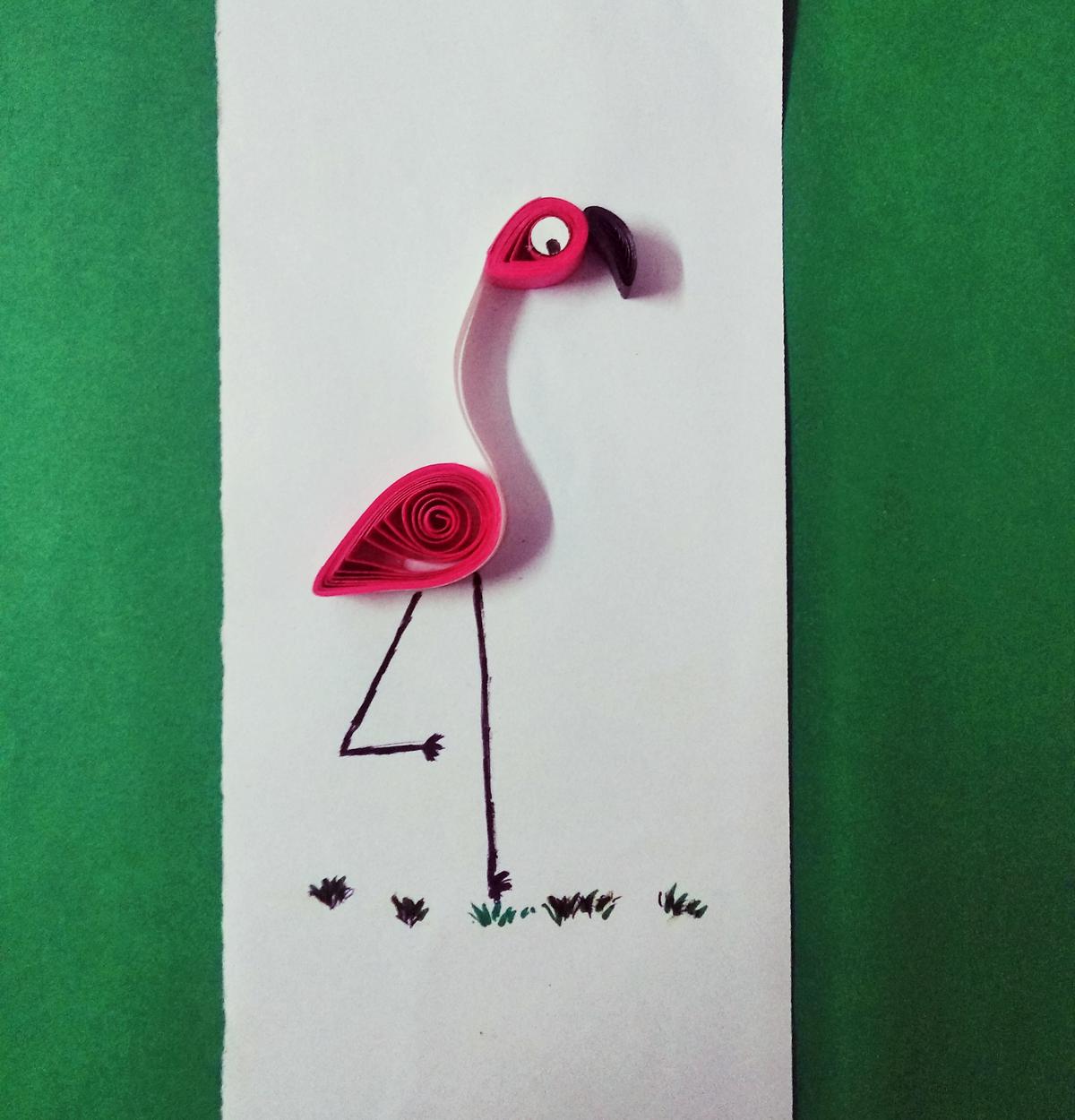
Angeline’s flamingo made with paper quilling technique
| Photo Credit:
Special arrangement
“As an educator, I spend a lot of time with school children, teaching them about birds,” she says. “Origami is one of the tools I use, and I can fold paper into the shapes of many birds,” she adds. Angeline posts an origami bird a day, apart from birds crafted using the paper quilling technique. She has so far made a flamingo, peacock, swallow, and dove, and has more on the cards.

.jpeg)
.jpeg)







